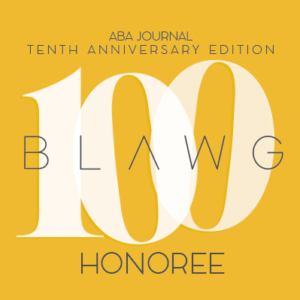Here’s a quick post by James Musgrove and Joshua Chad about an interesting case in Canada.
******************
Bid Rigging Prosecution Hits Another Setback
The trial judge in a high profile bid rigging case with respect to federal government procurement has directed that a verdict of not guilty be entered for one of the individual accused, ruling that there was no reasonable possibility of a conviction. The trial continues against a number of other accused. This is not the first setback for the Crown in the case. In a pre-trial motion the same judge, Judge Warkentin, ruled that the Competition Act’s provisions allowing the admission of documentary evidence to prove the truth of the matters set out in the documents was unconstitutional in a criminal case. Please see the full news report here.
